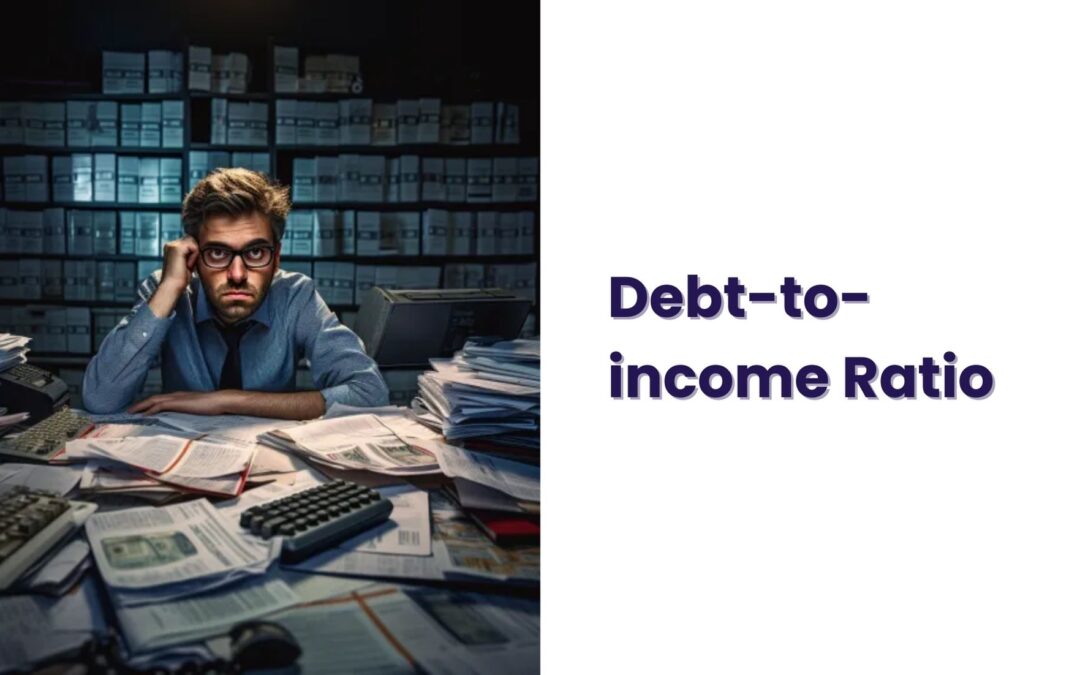In the intricate world of personal finance, the Debt-to-Income Ratio (DTI) stands as a crucial indicator of your financial health. But what exactly does this term entail, and why should you pay attention to it?
Do you want to save money in 24k digital gold? Download the Jar App now and start saving!
Decoding Debt-to-Income Ratio: A Deep Dive
The Debt-to-Income Ratio is a numerical expression that illustrates the percentage of your income allocated to debt repayment. This includes all your monthly debts, such as mortgages, car loans, and credit card payments, divided by your gross monthly income.
Why DTI Matters: The Significance Unveiled
Financial Stability Checkpoint
Maintaining a healthy DTI is not just a number-crunching exercise; it’s a reflection of your financial stability. Lenders often use this ratio to assess your ability to manage additional debt responsibly. A lower DTI suggests a more stable financial standing, increasing your chances of securing favorable loan terms.
Realizing Your Financial Goals
Mastering your Debt-to-Income Ratio is not solely about impressing lenders. It’s a strategic move to empower your financial journey. By optimizing your DTI, you open doors to achieving your long-term goals, whether it’s buying a home, pursuing education, or enjoying a debt-free retirement.
Calculating Debt-to-Income Ratio: A Simple Guide
Step 1: Gather Your Monthly Debts
Begin by listing all your monthly debt obligations. This encompasses everything from your mortgage and car loans to credit card payments and student loans.
Step 2: Determine Your Gross Monthly Income
Calculate your gross monthly income, including wages, bonuses, and any other sources of income.
Step 3: Crunch the Numbers for your Debt-to-Income Ratio
Divide your total monthly debts by your gross monthly income and multiply the result by 100 to get your DTI percentage.
The Ideal DTI Range: Striking the Balance
Aim for 28/36
Financial experts often recommend aiming for a 28/36 DTI ratio. This means that your housing expenses should not exceed 28% of your gross income, while your total monthly debt payments, including housing, should stay below 36%.
Empowering Your Financial Journey
Strategies for DTI Optimization
- Budgeting Brilliance: Create a comprehensive budget to track and manage your expenses effectively.
- Debt Repayment Prioritization: Prioritize high-interest debts to accelerate your journey to financial freedom.
- Income Boosting Tactics: Explore avenues to increase your income, ensuring a more favorable DTI.
The Road to Financial Freedom Starts with DTI
In conclusion, understanding and optimizing your Debt-to-Income Ratio is not just a financial strategy; it’s a lifestyle choice. By embracing financial responsibility and strategically managing your debts, you pave the way for a future defined by stability and prosperity. So, embark on this journey today, armed with the knowledge to unlock the doors to your financial well-being.
FAQs About Debt-to-Income Ratio
1. What is Debt-to-Income Ratio (DTI)?
Answer: Debt-to-Income Ratio is a financial metric that calculates the percentage of your income allocated to debt repayment, providing insights into your financial health.
2. Why is DTI important?
Answer: DTI is crucial as it reflects your ability to manage debt responsibly, impacting loan approvals and terms. It’s a key indicator of financial stability.
3. How do I calculate my Debt-to-Income Ratio?
Answer: To calculate DTI, divide your total monthly debts by your gross monthly income, then multiply by 100. This simple formula offers a snapshot of your financial situation.
4. What is the ideal DTI range?
Answer: Financial experts recommend aiming for a 28/36 DTI ratio, where housing expenses should not exceed 28% of gross income, and total monthly debt payments stay below 36%.
5. How can I optimize my Debt-to-Income Ratio?
Answer: Optimize DTI through budgeting, prioritizing debt repayment, and exploring income-boosting strategies. Strategic financial management is key to achieving a favorable DTI.

